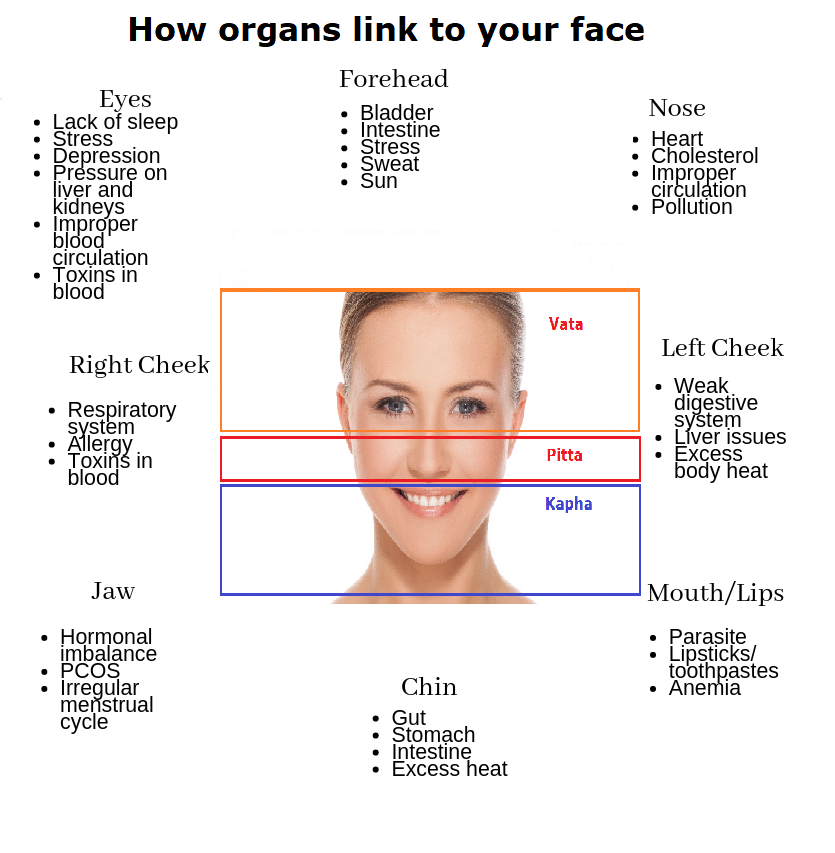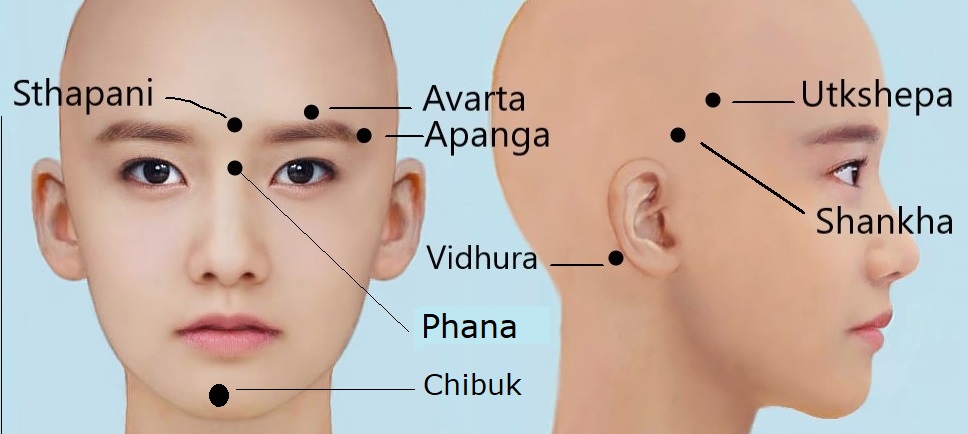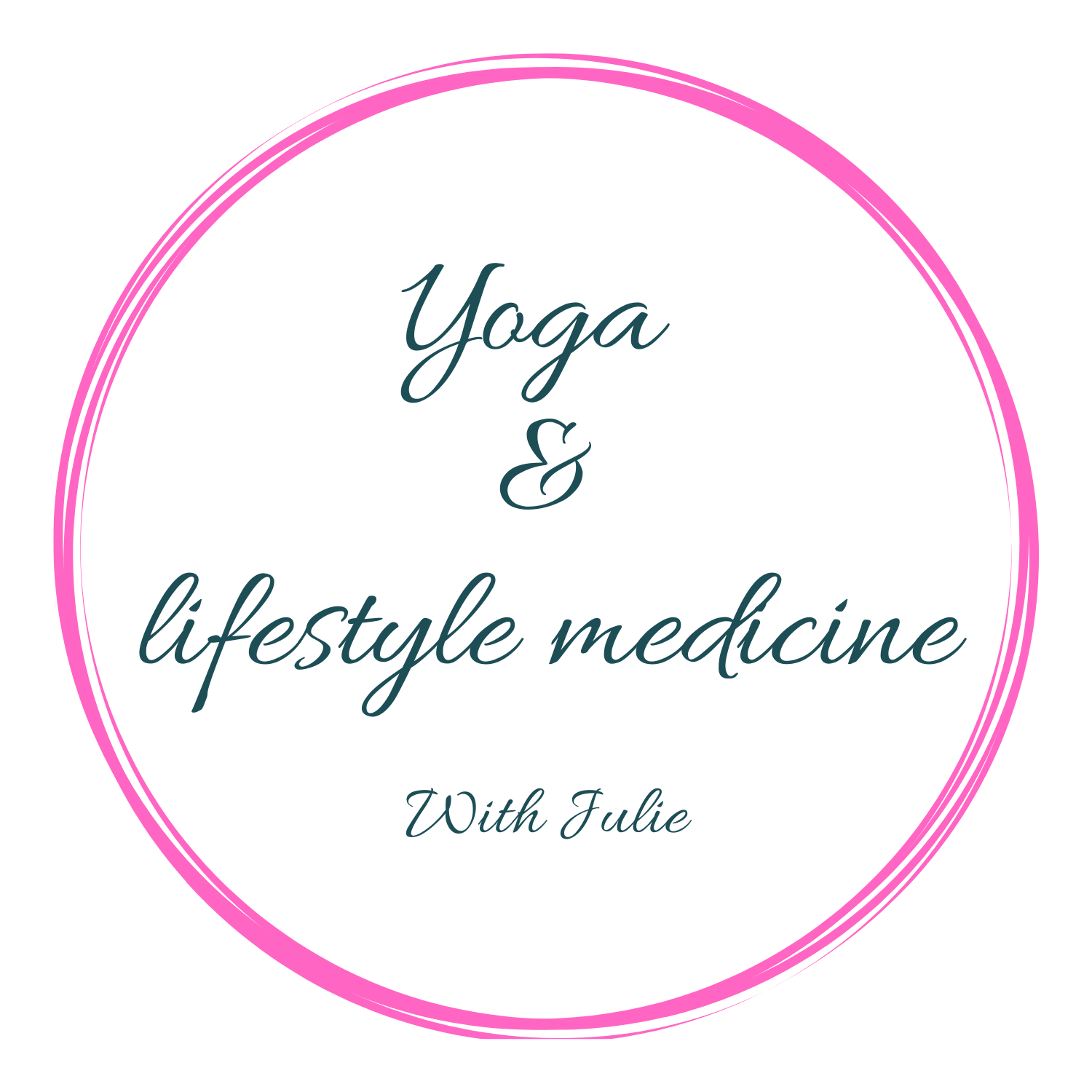Facial massage and marmas therapy has reemerged as a rejuvenating practice in the realm of self-care and holistic wellness with a plethora of benefits that extend beyond mere relaxation.


With roots in ancient ayurvedic healing traditions and medicine it is a natural and non-invasive technique to promote healthy skin, improve circulation, and enhance overall well-being.
Face massage connects a point on your face to an organ or body part then you know what to treat internally with clear external results.
A method of determining internal organ problems.
At the heart of this practice lie the main 8 Marmas points which are energy centers that channel vitality throughout the body. In this article, we’ll delve into the world of facial massage, exploring its numerous advantages and shedding light on the significance of the 10 Marma points.
The benefits of facial massage and marmas therapy:
Improved Blood Circulation
Facial massage stimulates blood flow to the skin, nourishing it with essential nutrients and oxygen. This increased circulation helps in achieving that coveted healthy glow and can even aid in the detoxification process.
Reduced Muscle Tension
Just as we experience muscle tension in the body, facial muscles can also harbor stress and tension. Gentle massage eases this tension, leading to a more relaxed and youthful appearance.
Lymphatic Drainage
The lymphatic system plays a crucial role in eliminating toxins and waste from the body. Facial massage encourages lymphatic drainage, reducing puffiness and promoting a clear complexion.
Stress Relief
The act of massaging the face induces a state of relaxation, reducing stress and anxiety levels. This not only benefits the mind but also has positive effects on the skin.
Enhanced Product Absorption
Regular facial massage improves the absorption of skincare products, allowing them to penetrate deeper into the skin and deliver their benefits more effectively.
Promotion of Collagen Production
Massaging the face stimulates collagen production, which is essential for maintaining skin’s elasticity and firmness. This can help combat signs of aging, such as fine lines and wrinkles.
Jaw Tension Release
With the modern habit of clenching the jaw due to stress, jaw tension has become a common woe. Facial massage can target the jaw area, relieving tension and promoting a more relaxed facial expression.
Natural Face Lift
While not a replacement for surgical procedures, consistent facial massage can provide a subtle lifting effect by toning and firming the muscles of the face.
Improve sight
- Energized Marma Points
The Marma points impact overall well-being and awaken dormant energy, promoting balance and vitality. It is opening up of blocked channels in the face and improve organs functions.
Better Sleep
Facial massage, especially when performed with soothing oils like lavender or chamomile, can have a calming effect that aids in better sleep quality.
Marma therapy and life energy
Marma points denote regions where the essential life energy referred to as “prana” has a tendency to amass and circulate. In Ayurveda, the main goal is to maintain a good health and the capacity to recover hinges on the unhindered circulation of prana throughout the body. Obstructions in this crucial life energy can result in various health issues.
The marma points are positioned along the nadis, which are the subtle energy pathways within the body. In the Ayurvedic tradition, these nadis correspond to the energy meridians found in Traditional Chinese Medicine (TCM). Similarly, the marma points can be likened to the acupuncture points used in TCM. When comparing these two ancient healing systems, there exist both resemblances and distinctions in terms of the specific points utilized.
Exploring the main vital energy marmas


The head and facial area constitutes one of the three primary groups of vital energy points (marma) within the body. This region holds immense significance as it houses the entirety of the sense organs and prana, the life force.
8 main Marmas points are located there among the 107 existing:
1. Bilateral points situated slightly above the nasal cavity on both sides of the nose (Phana Marma). These two marma points pertain to the sense of smell, the Kapha dosha governing the head region, the nasal passage, and the nostrils.
2. Marma points found on the outer edges of the eyebrows near the temples (Apanga Marma). These are intricately linked with eyesight, the fiery pitta dosha, and both ocular organs.
3. The terminal and lower extremities of the ears (Vidhur Marma). This juncture where ligament and tendon converge exerts control over prana vayu, the vital energy entwined with inhalation, ingestion, impetus, and progression. Moreover, it influences auditory perception and the energy channels of the ears.
4. Adjacent to the ears, along the temple region (Shankha Marma). These points are intertwined with the tactile sense, the ethereal Vata dosha within the expansive intestine, and the downward-moving prana (apana vayu).
5. Points of intersection where the scalp and facial skin converge, positioned slightly above the brow line (Utkshepa Marma). These coordinates, situated immediately above the Shankha Marma, intricately involve the sense of smell.
6. Midway along the eyebrow arc (Avarta Marma). These junctures are intrinsically linked to the Vata dosha, physical posture, and visual acuity.
7. The central point on the forehead, nestled between the eyebrows (Sthapani Marma). This marma point is intertwined with the sixth chakra (Ajna), the mind, the pituitary gland, and the regulation of the senses.
8. The center of the chin (Chibuk Marma). This focal point pertains to the course of prana through the skin.
Practicing facial massage using marma therapy
These marma points hold profound implications for overall well-being and vitality, as elucidated by the ancient wisdom of Ayurveda.
- Preparation
Begin by creating a serene ambiance. Light some calming essential oils, play soft music, and ensure your hands are clean.
2. Breathing
Start with a few deep breaths to center yourself and enhance relaxation.
3. Oil Application
Gently warm a few drops of your preferred facial oil. This could be coconut oil, almond oil, or a specialized facial oil blend.
4. Marma Stimulation:
With the knowledge of the Marma points, apply gentle pressure using your fingertips or palms. Use circular motions and moderate pressure.
5. Muscle Relaxation
Move on to massaging the facial muscles. Begin at the center of the face and work your way outward. Use upward strokes to counteract gravity’s effects.
6. Jaw Release
Spend extra time massaging the jaw area, especially if you tend to clench your jaw due to stress.
7. Eye Area
Be extra gentle around the delicate eye area. Use your ring finger to apply minimal pressure when massaging this area.
8. Relaxation
After the massage, take a few moments to relax and let the oils absorb into your skin.
In Conclusion
Facial massage and marma therapy, when practiced with intention and awareness, can offer a myriad of benefits that go beyond skin deep. By incorporating the wisdom of the Marma points into your facial massage routine, you can tap into a holistic approach to organs well-being that nurtures both your inner vitality and outer radiance. As you embark on this journey of self-care, remember that consistency is key.
Regular practice of facial massage and Marma stimulation can lead to a more vibrant, youthful, and balanced you.
References:
Science of Marma (in Ayurvedic diagnosis and treatment)
Blood pressure normalizing effect of Talahridaya marma therapy: A case report
Study of Vaikalyakara Marma with special reference to Kurpara Marma
